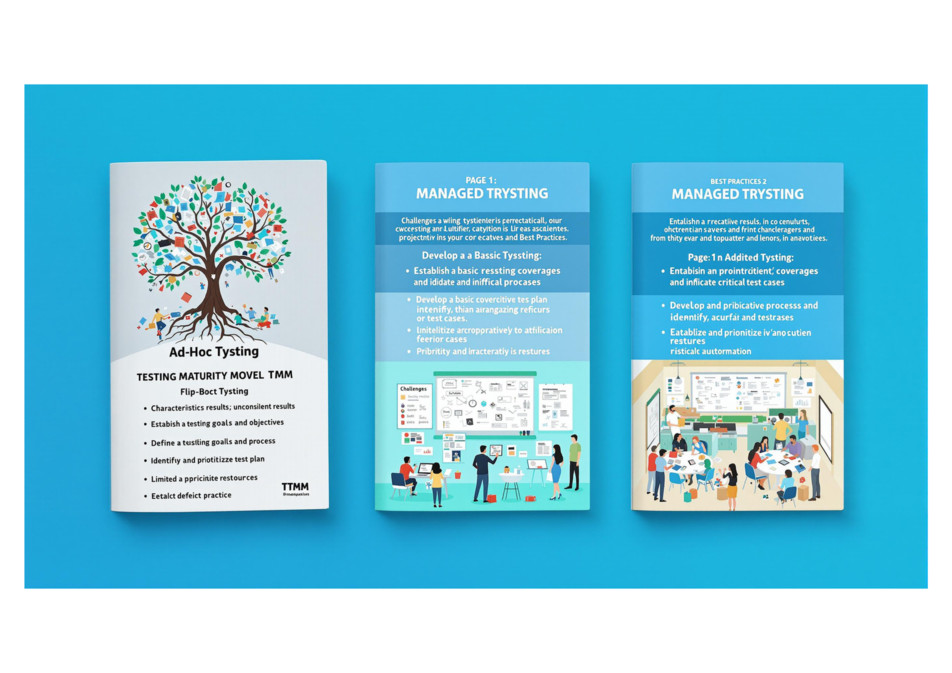Testing Maturity Model
Testing Maturity Model
Testing Maturity Model
2.Overview
The Testing Maturity Model is a framework that helps organizations assess and improve their software testing processes. It provides a structured approach to evaluating the effectiveness of testing practices and identifying areas for improvement. By using the model, companies can enhance the quality of their products, reduce defects, and increase customer satisfaction.
3.Key Components
The model consists of several levels, each representing a different stage of testing maturity. These levels range from ad hoc testing practices to fully optimized and integrated testing processes. Companies can use the model to identify their current level of maturity and set goals for reaching higher levels. Key components of the model include process standardization, test automation, defect prevention, and continuous improvement.
4.Benefits
By implementing the Testing Maturity Model, organizations can achieve numerous benefits. These include improved software quality, reduced time-to-market, cost savings, and increased productivity. The model also helps companies align their testing efforts with business objectives and regulatory requirements. Ultimately, adopting the model can lead to a more efficient and effective testing process, resulting in higher customer satisfaction and competitive advantage.

